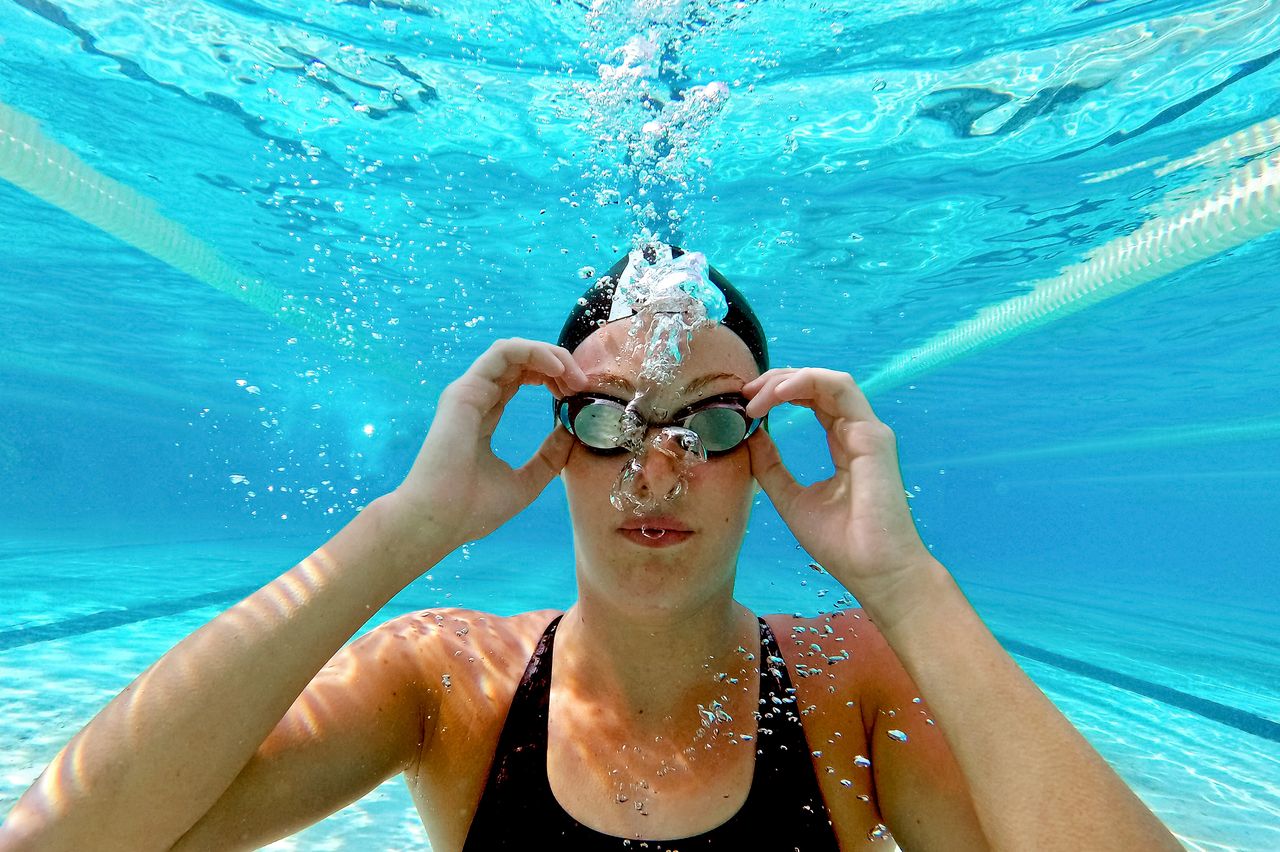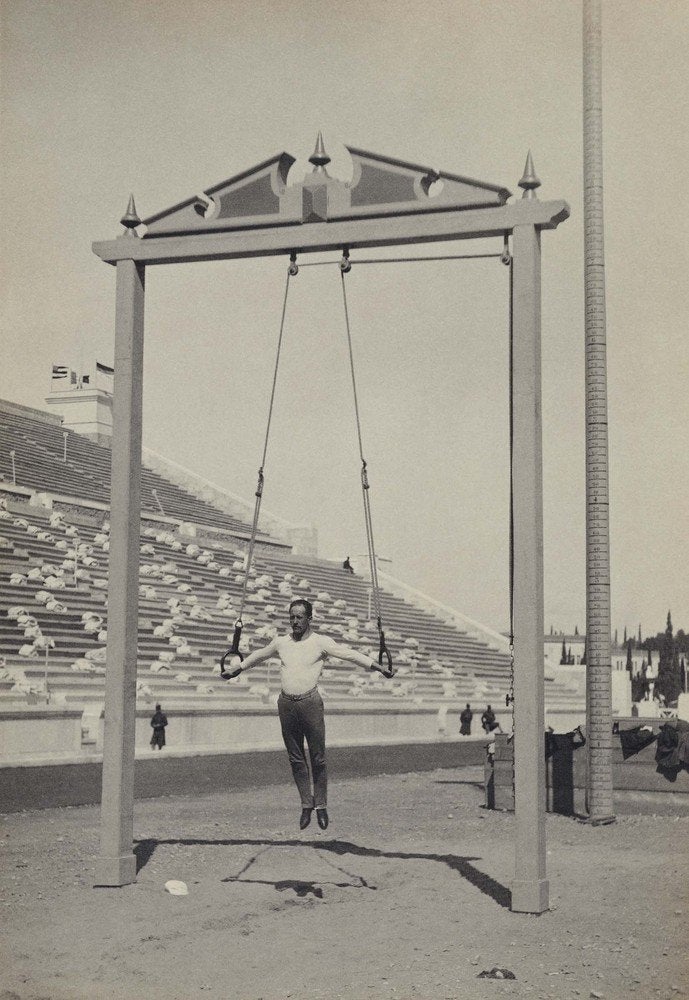4,990. That’s roughly how many hours any given Olympic hopeful spent training between the London Games and now, hurdling, sprinting or vaulting toward her goals, flicking beads of sweat out of her line of vision. Practice can mean maintaining a strong, sculpted physique, like polishing a stone. It can mean perfecting a technique that must be judged favorably to secure victory, or using that technique as a foundation for speed and efficiency.
That number ― 4,990 ― is what you get when you multiply two two-hour training sessions by six days each week by 52 weeks each year for four years, including religious and personal holidays. It does not include the time devoted to commuting, cooking and otherwise maintaining impeccable physical health, or the time spent maintaining anything else: relationships with family and friends, academic pursuits, personal finances. Feeding a cat, fixing a car. The tasks and duties, big and small, that make up a life. For those who compete in particularly time-consuming sports ― like Michael Phelps, who logs six hours of swimming and weightlifting each day, six days each week ― the count is even higher.
Collectively, these hours spent on a single pursuit are voluminous enough to envelop an identity whole. It’s why we praise athletes for their work ethic and tenacity; they look like our own aspirational visions of goal-achievement, but with a hyper-focus that’s hard to relate to firsthand. For most of us, such myopia is discouraged. Balance and moderation, we’re told, are integral to happiness. When you give that much of yourself over to something, something else has to give way.
Scott Goldman, a sports psychologist at the University of Michigan, explains the commitment plainly: “The amount of time, effort and energy an athlete puts into their sport exceeds almost anything else they’ve ever done in their life.” So, if you were a swimmer, “you probably spent more hours swimming than you did learning how to drive. You probably spent more hours in the pool than you did with, say, your boyfriend.”
If you were ambitious, you probably approached your sport like you would’ve any other career. But, were you to pursue any other career, you might’ve considered the long-term benefits: Will this path provide you with a livable salary? Will it allow you to learn on the job, so that you could continue to perform your duties in the future? Will it provide decades’ worth of intrinsic reward? Will you be able to keep participating in that line of work, or will you run the risk of failing, of needing to reroute, a move that can be costly, monetarily and emotionally?
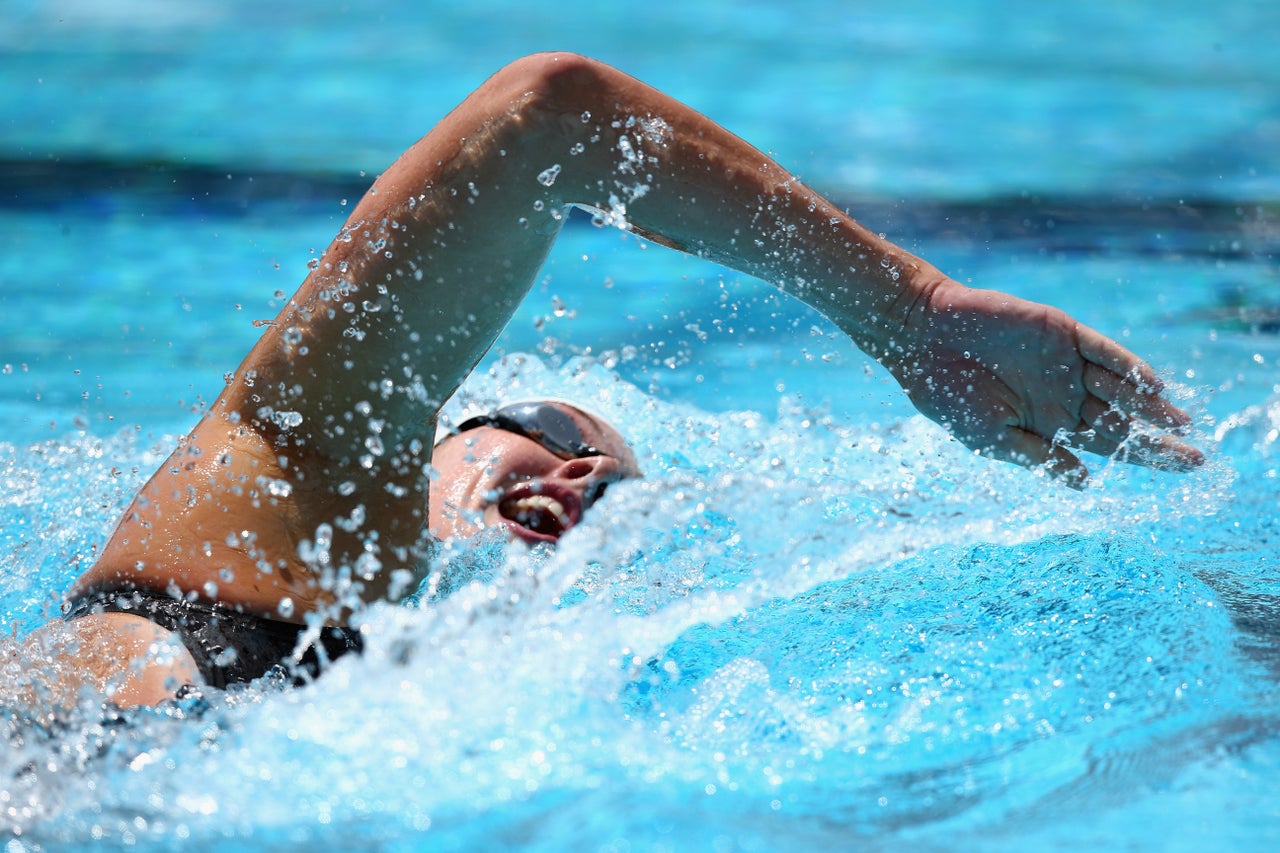
Signing up for a sport isn’t always as pragmatic a choice. Maybe it’s what the other kids in your neighborhood were doing, so you did it, too. Maybe your parents shuttled you to practice, taking care of both your exercise and social needs at once. Maybe your hobby grew into a skill ― one that helped you meet like-minded people. Maybe it even helped pay for college, or supported you after graduating. Regardless, the choice to participate in a sport is rarely as measured as the decision to pursue, say, finance, journalism or theater. But it’s often more time-consuming, and unlike other careers, professional sports always have an expiration date. As the body ages, its propensity for speed deteriorates, like a fritzing car battery. It’s an obvious fact, one that athletes are aware of. But, like aspiring young artists, they persist, out of love and naivety, a combination that can inspire confidence and achievement.
While there’s no definitive data that gathers the average age of retirement for athletes, a look at the ages of Olympic competitors shows that youthfulness is an advantage. In 2012, the average Olympian was 26, a Guardian survey reported. Most athletes over 50 competed in less physically demanding sports, like shooting and equestrian. Another study confirms the edge given to younger competitors; according to a report written up by Wired, swimmers peak around 21.
While failure to best your own past performances doesn’t have to mean retirement, it may mean an end to a sponsor-funded career, pushing former athletes back to square one in terms of wage-earning. Given the statistics available about career development and age — your lifetime salary is pretty much set in stone by the end of your 20s, and your personality is much less likely to change after you’re 30 — the idea of starting over is understandably daunting.
.01 seconds. That’s how much time separated Jerry Heidenreich from a qualifying spot on the U.S. swim team at the 1968 Olympic Games. It was nothing, less than a blink, the smallest margin of time that can separate two competitors without the race being determined a draw. But because of it, he would have to train for four more years ― 4,990 or so more hours ― before reaching his Olympic goals in 1972.
Like huge quantities, tiny fractions don’t evoke much but dumb wonder. How much is .01 seconds? Even automatic functions ― a breath, a swallow ― can’t be squeezed into such a small amount of time. When I was a kid, my teammates and I played a game between races at swim meets: we’d clutch a stopwatch and bang on the start and stop buttons in quick succession, capturing the tiniest sliver of time we could on a digital screen. My record was .03, an accomplishment that earned me high-fives.
Jerry was one of my coaches at the time, and founder of the team I competed on, The Academy of Texas Aquatic Champions. The earnest name belied his goofy demeanor; notoriously, he kept his four Olympic medals in a butter dish, two golds for relays and a bronze and silver for individual efforts. We thought it was a show of jokey glibness, but later I wondered whether he ever found them valuable. Competing in the shadow of Mark Spitz ― the all-star predecessor to Michael Phelps ― he’d never earned a gold medal in an individual event.
Anything else I remember about him is likely to be inaccurate, colored by news reports and my own projections onto the image I hold of the retired athlete, working to establish an identity post-sport. What I do know is that, after years of struggling with alcoholism, Jerry, 52, committed suicide in 2002. His funeral was held at the pool where he competed in college, which seemed appropriate. Hours’ worth of stories were shared, and, honoring his usual cheeriness, no one wore black.

A Chicago Tribune article written shortly after his death relates his health issues, his three marriages, and the smattering of jobs he held down post-Olympics. But Jerry’s athletic success ― the crests and troughs of competition ― is the focus of the piece. “Heidenreich’s life, you could argue, was determined in less than a second on the night of Sept. 3, 1972,” the writer swoons, detailing a standoff between Jerry and Mark Spitz, the race that would earn Spitz a record-breaking seven gold medals. “It was heartbreakingly close: Heidenreich in 51.65 ― and Spitz in 51.22.”
It’s a temptingly simple narrative, one that both adds further drama to the theater of athleticism and makes something as messy as depression neat and graspable. It also exposes the reductive rhetoric of sport. Losing is bad, and brings strife. Winning is good, and promises joy.
For years, I thought of Jerry’s death in these terms: if he’d only won an individual gold medal, he’d have been more comfortable with his retirement, more capable of accepting that his career was over, and primed to move on to other pursuits.
It seems petty, not to mention inaccurate, to how depression functions. Any combination of substance abuse, genetics, medication, stress and loss could’ve contributed to Jerry’s emotional state. Two years before his death, he suffered from two abdominal aneurysms, a fact mentioned in passing in obituaries, which instead found meaning in Jerry’s career as a successful but overshadowed Olympian.
It was the perspective I used to make sense of things, too. For an athlete like Jerry, who’d spent tens of thousands of hours focusing on a single goal, it seemed feasible that a fraction of a second ― which, by then I’d learned could be a shell containing so much else ― could’ve made a difference.
Heading into her strongest event at the London 2012 Olympics, freestyler Allison Schmitt had reason to feel confident. She’d already bested her 2008 Olympic effort by earning silver in the 400-meter freestyle, her first-ever individual medal, and, she’d snagged a bronze medal for the 4x100 meter freestyle relay. In the 200-meter freestyle she performed better still, leading the eight-woman pack from the beginning, and finishing nearly two seconds ahead of the second-place competitor. She walked away with a gold medal, a new American record, and a gaping grin.
A few months later, seemingly out of nowhere, Schmitt’s mood shifted, and she started to notice in herself classic symptoms of depression.
“I didn’t really understand it. I came back from the most successful summer I’ve had,” Schmitt told me on the phone. “Everything had always seemed to go my way. So I was like, well, I’ve had great friends, great family. I’ve had success in the sport that I wanted. I went back to school, finished my degree. I was like, what could possibly be wrong with me? I know I was grateful for all those times but at the same time, I wasn’t happy. But I couldn’t really understand why I was unhappy. I was like, why would I be depressed? I have no reason to be depressed.”
In fact, according to Goldman, feelings of loss, which can contribute to depression, are common after major sporting events. When months’ or years’ worth of effort end in a grand, adrenaline-fueled finish, it’s natural to emerge underwhelmed or even confused by what lies ahead.
“I find for some athletes that that immediate hard stop is unsettling,” Goldman said. “It’s almost like they’re on a treadmill and they’re sprinting as hard as they can go and someone pulls the emergency cord. Boom, everything stops, and they get thrown back, they’re out of sorts. They were running so fast, and they got used to being so fast.”
The NCAA is aware of the problem. The organization cites suicide as the No. 2 cause of death for female student-athletes; among the general population it ranks No. 10. It’s statistics like this that led the NCAA to declare mental health a top health priority for student-athletes in 2013. But, emotional checkups aren’t mandated, whereas physical tests, like one for sickle-cell anemia, are.
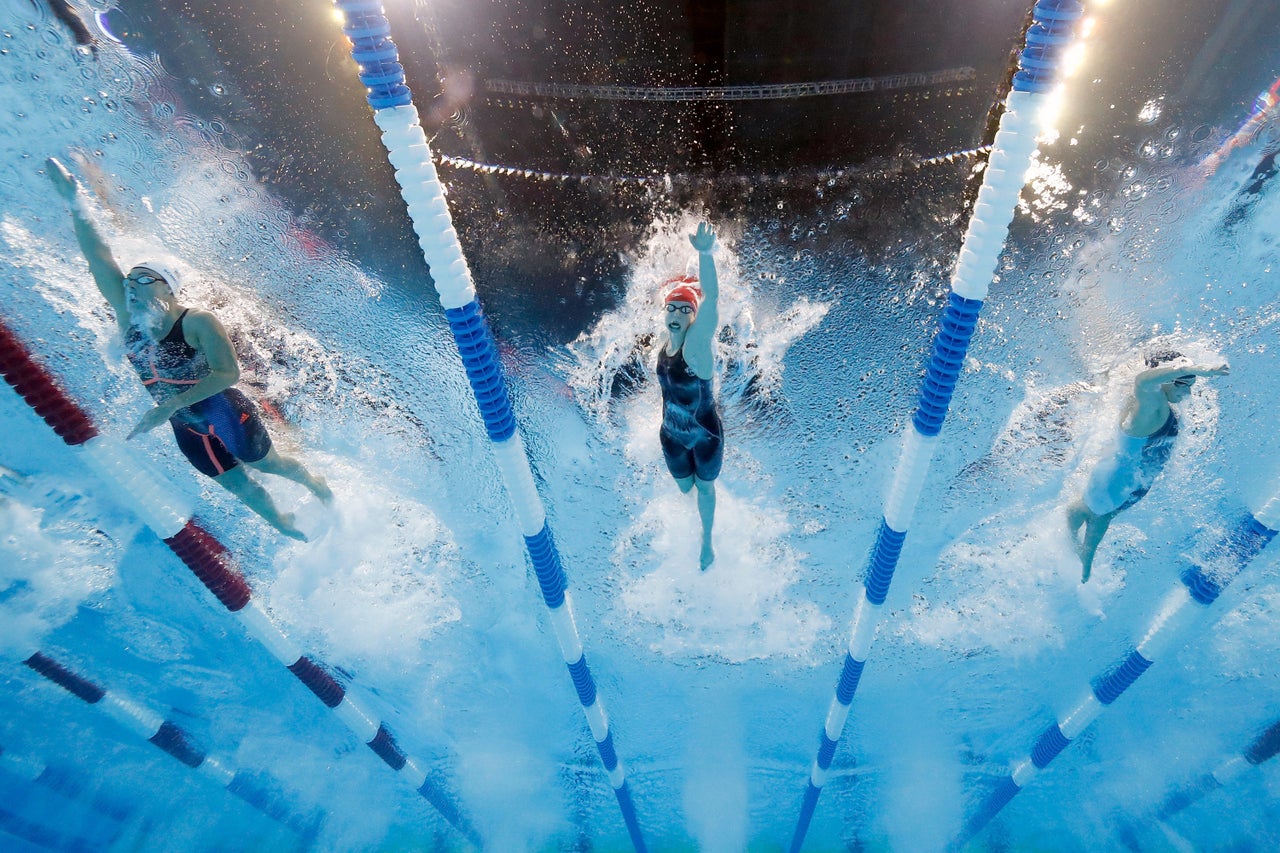
In 2014, Scottish soccer player Neil Lennon spoke out about his dark post-game moods alongside a handful of other footballers who expressed similar conditions, struggling to feel vulnerable when they’re encouraged to be strong. “It would have been an acknowledgement of weakness to have admitted you suffered from depression, that you couldn’t cope, in those bad old days,” Lennon is quoted in saying in The Scotsman. “The mentality of the dressing-room was very macho.”
Schmitt echoes the sentiment that for athletes, strength and independence are viewed as interchangeable, and the strength of vulnerability isn’t always considered. “I think as an athlete we’re taught that if we can push through anything we can make it wherever we want to go, and we’re always told to not ask for help,” Schmitt said. “At the end of the race, we’re not having our coach finish for us, or having anyone finish for us.”
For many, the solution is to begin the training cycle once more, slowly building themselves back up to the full-throttle pursuit of a new goal, or a better time. But the end of a season predicts another, more dramatic shift every athlete must prepare for: the end of their careers.
Post-career strife and post-career depression are common among athletes, who experience a higher level of psychopathology overall than the general population, due to physical strain and public and media pressures. British track star Dame Kelly Holmes, who won gold twice in the Athens Olympics, has spoken out about her own struggles nearly 10 years later. Successful Australian swimmer Ian Thorpe ― nicknamed the Thorpedo ― retired from his sport in 2006, citing the difficulties of training and maintaining a lifestyle of fame as reasons for his exhaustion. He later wrote that he’d been struggling with depression as well.
Some of these pressures have been attributed to the relatively recent celebration of athletes as celebrities, a status that’s difficult for some to take on, and still harder for others to leave behind once their careers end. But on the whole, mental health researchers who specialize in sports agree that there are a few factors that determine a smooth transition away from sports. One of them is control over when the athlete can quit; a sudden career-ending injury is more likely to result in post-career anxiety or depression than knowingly heading into a final season.
The other approach that’s likely to result in a happy life post-sports is working to establish an identity outside of athleticism, taking an interest in education, family, friends and other hobbies.
“The second you start participating in a sport, you have guaranteed yourself a time when it will end. When that end occurs, it can be a real sense of loss,” Goldman told me. “I had one athlete describe it as though they lost a part of them, as though they lost an arm. It can be this real, I’ve always been proud of calling myself ‘Dave the swimmer,’ or ‘Larry the soccer player,’ and when that’s gone there can be this existential moment of, Who am I? If I’m not an athlete, who am I?”
Goldman emphasizes that the athletes he works with should be wary of becoming too one-track-minded, and prepare themselves for the inevitable shift that lies ahead.
“If you can start to see yourself as a son and a daughter and a friend, maybe a mother ― once you start to think of yourself as a wonderfully complex human being, and separating the actor from the action, who I am versus what I do, you can come to a sense of being at peace with who you are,” Goldman said. “Then you can no longer think of yourself as ‘Scott the swimmer,’ you can think of yourself as ‘Scott, who swam.’”
Goldman’s career, it’s worth emphasizing, was built working with elite athletes at the University of Michigan, and the University of Arizona before that. Schools with competitive athletics programs do have career services available to their athletes, and they’re easy to track down, even from a cursory Google search.
The U.S. Olympic team employs sports psychologists, too; in an interview, one explained, “We talk about stress and anxiety as being a normal part of the competitive process. We talk about being able to face that and use it to their advantage,” but did not mention easing from the Olympics back into workaday life.
Nevertheless, this access to counseling and professional support is a privilege afforded by Olympic and collegiate competitors, who represent only a subset of athletes.
For others ― specifically, those who headed straight into professional careers due to extraordinary talent or alluring financial prospects ― broadened horizons are harder to come by. Often, the money afforded them by their physical prowess is spent on supporting their communities and family members.
Sugar Ray Leonard, who’s spoken out about struggling with alcoholism and depression once his career ended, never planned to be a professional boxer. “I had no intentions whatsoever to become a professional fighter because I had heard horror stories about former boxers who made money but, in the end, ended up with nothing,” Leonard told NPR’s Fresh Air. “I didn’t want to be one of those guys.” After he won a gold medal at the 1976 Olympics, he intended to continue his education, but chose to go pro instead, in order to fund his ailing mother’s medical bills.
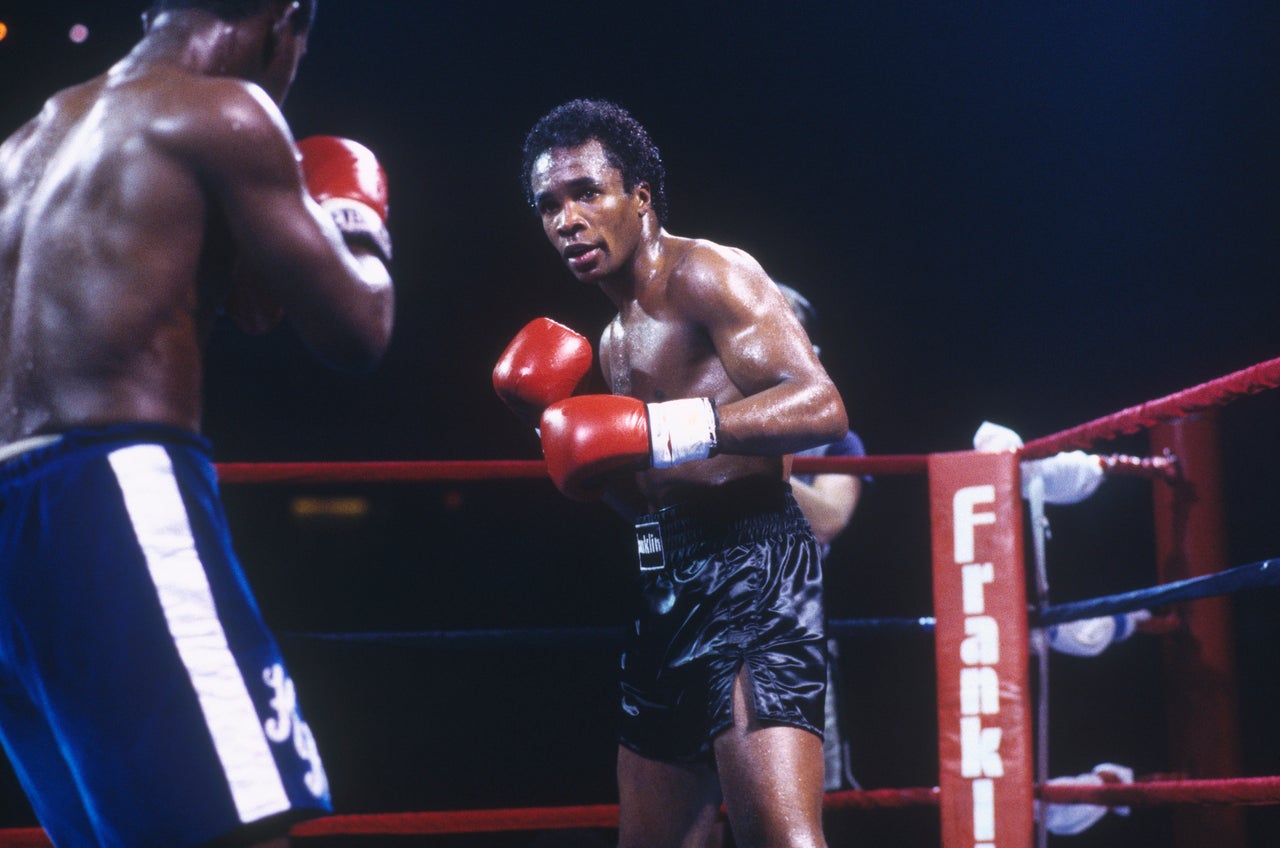
Financial status notwithstanding, some sports simply require more of their participants, and elite levels of performance don’t afford the time it takes to cultivate other interests. If success is a formula in which hours logged is a key variable, cutting down on those hours can feel career-threatening. But if the statistically proven trick to a happy post-sport transition isn’t doable, what’s an athlete to do?
For Schmitt, the solution lies not in eschewing the daily grind of the sport ― which, she concedes, is a grind indeed. Her least favorite part of swimming is “getting in the pool,” that icy, early-morning first plunge. Instead, she advises athletes struggling with mental health issues while training or during retirement to seek solace in the close-knit community they’ve become a part of.
“I felt like I was alone. You just don’t want to talk about it with someone else,” Schmitt said, adding that she’s learned, “it’s okay to be vulnerable.”
“The sport can get kind of boring and very grueling, so just having your teammates there, encouraging you every day, pushing you every day,” Schmitt said. “You see them more than you see their family, so it just so happens that they become your family.”
Put that way, with sport unmarried from glory and super-human capability, it becomes something more relatable ― more human. And perhaps we as spectators have a responsibility to view them that way, too: seeing beyond the times, the numbers, and the wingspans, and looking instead at the racing hearts propelling their sculpted bodies forward.
For more Olympic coverage:
